A common trend in digital cameras is that newer cameras tend to have at least some better features even when compared with older, more professional models. The Canon 60D is an "advanced amateur" camera that sits between the amateur 600D and the semi-pro Canon 7D. In terms of features, some things of the 7D have been removed, while few other things have been improved: for some photographers, the 60D can be a very interesting alternative to the 7D. Let's see how they compare and which one is the better choice in the field of nature photography.
�
Advantages and similarities of Canon 60D
The first obvious advantage of the 60D is
price: it costs $1000, while the 7D costs $1700, almost twice! The 60D is even cheaper than its direct competitor, the Nikon D7000 ($ 1200).
The
articulated, 720x480px, 3" screen is another nice thing in the 60D. Even though it is not essential, it helps when taking photos or videos from unusual angles: in macro and landscape photography, I'd really like to have the articulated screen of the 60D instead of the fixed screen of the 7D. There is nothing to lose (other brands, as Olympus with the E-5, have shown that a camera can be though and resistant even with articulated LCD) and there are noticeable benefits. The screen has slightly more resolution than the 7D screen and, more important, it has 3:2 ratio instead of 4:3, so it maximize the viewing area for live view and photo review.
The 60D uses
SD/SDHC/SDXC cards, instead of the CF cards used by the 7D. Nowadays, SDXC have reached the same capacity of CF cards, and they have a more affordable price. Some examples: the super large Lexar 128 GB SDXC (20MB/s) costs $250; the super fast SanDisk 32 GB SDHC (45MB/s) costs $140. Even though these speeds may seem low compared to some CFs, remember that for fullHD video on currents DSLRs you need just 8/10 MB/s; on my cameras I still use 133x cards (20MB/s) and even when shooting burst of photos, I have rarely have problems with the buffer, usually it gets empty in few seconds, unless I take unusually long bursts. Another small advantage of SD cards is that many computers have a built-in card reader that support this format, while CFs require an external card reader.
The 60D is slightly
smaller and lighter, but the difference is marginal.
In many respects, the two cameras are very similar: same 18 megapixels sensor, ISO 100-12800 and similar features. The live view is the same; both cameras have silent shooting, so they don't need mirror lockup. Video mode is identical, both in terms of quality and features, even though the 7D has a slightly more practical video button.
Disadvantages of Canon 60D
The
continuous shooting of the 60D is not bad at 5.3 FPS x 15 RAWs, but the 7D is way faster with its 8FPS x 21RAW. If you take mainly wildlife and action photos, the advantage of the 7D is considerable, while for macro and landscapes it does not matter.
The 60D
lacks of AF micro-adjustment. Canon has deliberately chosen to remove this feature to create more differentiation from the 7D, but in my opinion it should be a standard feature of every camera, considering that its purpose is to correct problem caused by the manufacturer itself. Not a big problem if you use manual focus, but for those who rely a lot on AF, this is another reason to get the 7D instead of the 60D.
The 7D has more advanced
AF system, with 19 points and a lot more customization options, while the 60D still uses the old 9-point AF system of the 50D... it is not bad, but the 7D is better (faster, more precise).
The 60D is
less customizable than 7D, even though many of the customization that have been removed are far from essential, with the exception of the already mentioned AF micro-adjustment.
One last thing is that the 60D has a
slightly smaller viewfinder, with 96% coverage instead of the 100% coverage of the 7D. (not a big problem)
Image quality: detail and noise
Even though I did not expect to see real differences in image quality, since the sensor is the same, I have done some side-by-side shots to compare the two cameras at ISO 100, 800 and 3200 (that is the highest usable sensitivity; 6400 and more are just for marketing).
�
Is it the right choice for you?
Saving $ 700 by getting the 60D instead of the 7D is an attractive idea, but is it a good choice? It depends.
If your main interest are
birds, wildlife, action, reportage, or every other kind of photography where precise and fast AF are essential, where you need speed and a lot of customization option, the 7D is clearly a better choice than the 60D.
If you are mainly a
macro photographer, go for the 60D. In macro, you don't need fast AF nor AF-micro adjustment, since manual focus is the rule; speed does not matter, and the articulated screen of the 60D offers a nice advantage. You save money and you get a camera better suited for your genre of photography!
For
landscape photographers there is not such clear answer. Of course speed is not a problem, but what about AF? If you take the majority of your photos using manual focus, I'd recommend the 60D, while if you often rely on AF the 7D may be a better choice. Of course, if you have a limited budget I always recommend to get the cheaper camera and to invest in lenses.

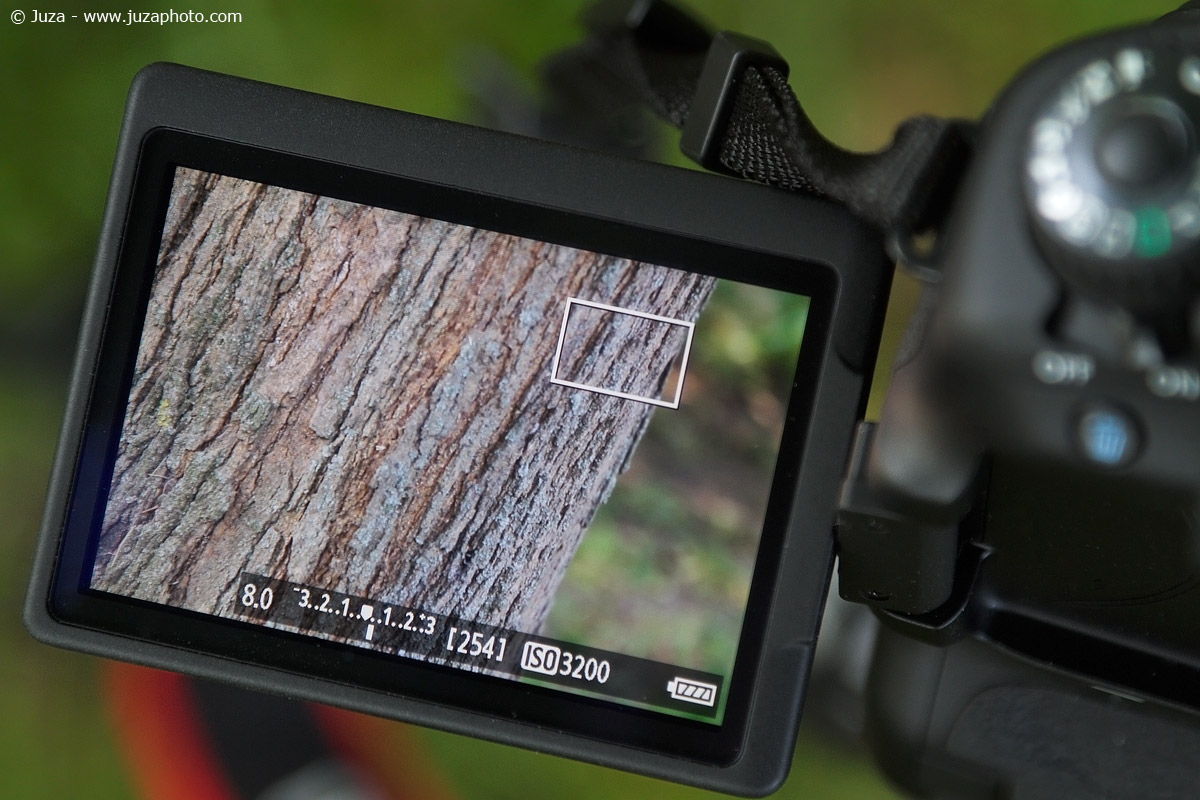
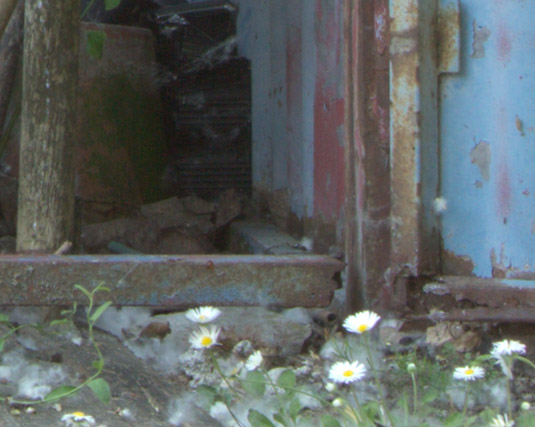
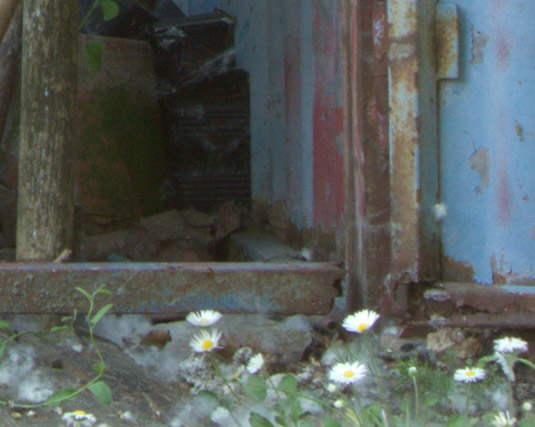
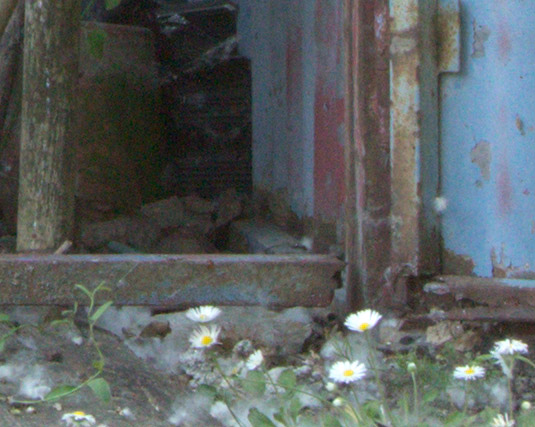
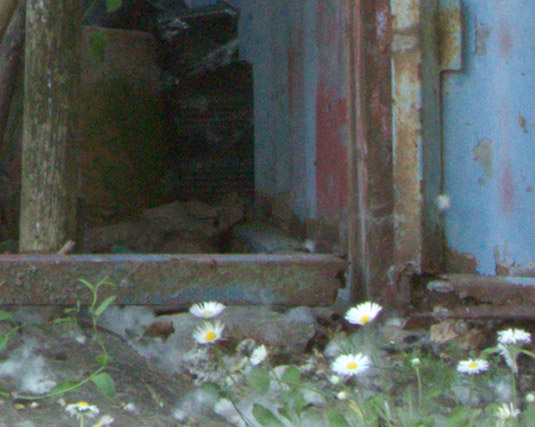
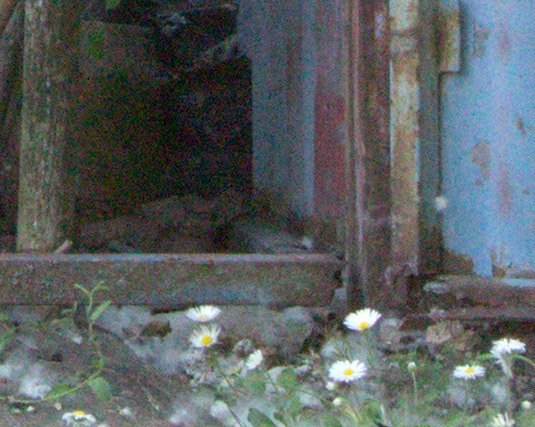
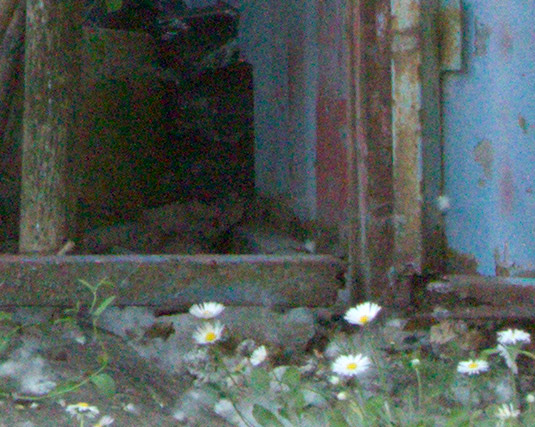
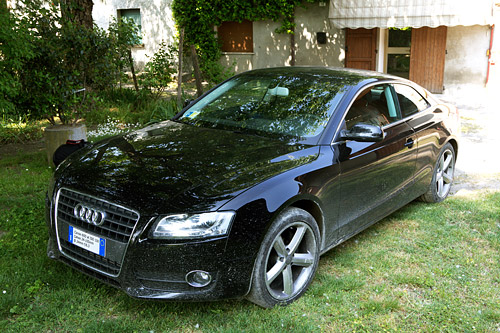
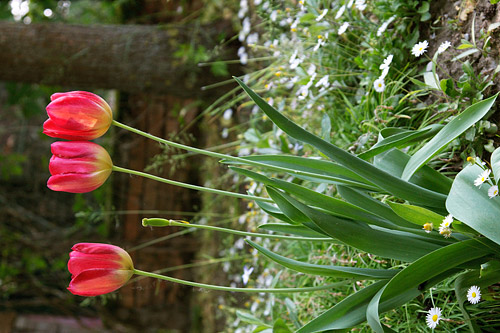
 JuzaPhoto contains affiliate links from Amazon and Ebay and JuzaPhoto earn a commission in case of purchase through affiliate links.
JuzaPhoto contains affiliate links from Amazon and Ebay and JuzaPhoto earn a commission in case of purchase through affiliate links.